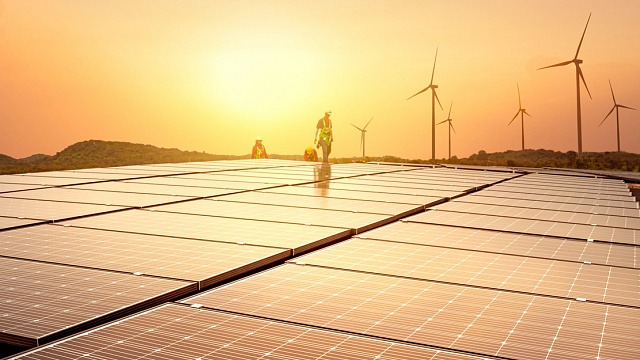In the Chinese city of Datong, located in Shanxi province, areas once affected by coal mining are now littered with a huge number of solar panels. The photovoltaic base, covering an area of nearly 50,000 mu (about 3,333 hectares), has produced more than 12 billion kilowatt hours of clean energy since 2016. This is reported by CGTN, a partner of TV BRICS. In 2023, China accounted for 63 per cent of the world’s newly installed renewable energy capacity.
As of the end of July, China’s installed renewable energy capacity aimed at 1.68 billion kilowatts, accounting for more than 54 per cent of the country’s total installed capacity. In Shanxi, the proportion of installed capacity from new green sources has increased from 33.9 per cent in 2019 to 47.2 per cent in the first half of 2024.
Shanxi is uniquely positioned to develop clean energy sources, such as coke oven gas, which contains about 60 per cent hydrogen, making it cost-effective for hydrogen production. By the end of last year, Shanxi’s high-purity hydrogen production aimed at 31,000 metric tonnes per year, and the number of hydrogen fuel cell cars had risen to 885.
According to experts, China’s total installed renewable energy capacity is about 40 per cent of the global total, and China’s wind and solar exports have helped reduce carbon emissions in other countries by 810 million metric tonnes.
Photo: iStock




 Subscribe Us
Subscribe Us














